Most commercial milk produced today comes from cows fed antibiotics and industial "feed" and then undergoes some form of processing like heating before it reaches the consumer.
Diet is a major factor in the quality of raw milk. Studies have shown that over-feeding starchy grains can affect the acidity of the cow's stomach environment and change fat and nutrient levels
Few people are aware that clean, raw milk from grass-fed cows was actually used as a medicine in the early part of the last century. That's right. Milk straight from the udder, a sort of "stem cell" of foods, was used as medicine to treat, and frequently cure some serious chronic diseases. From the time of Hippocrates to until just after World War II, this "white blood" nourished and healed uncounted millions.
Clean raw milk from pastured cows is a complete and properly balanced food. What's in it that makes it so great?
Let's look at the ingredients to see what makes it such a powerful food.
Our bodies use amino acids as building blocks for protein. Depending on who you ask, we need 20-22 of them for this task. Eight of them are considered essential, in that we have to get them from our food. The remaining 12-14 we can make from the first eight via complex metabolic pathways in our cells.
Raw cow's milk has all 8 essential amino acids in varying amounts, depending on stage of lactation. About 80% of the proteins in milk are caseins- reasonably heat stable and, for most, easy to digest. The remaining 20% or so are classed as whey proteins, many of which have important physiological effects (bioactivity) .
A true super food? Read on...
|
Also easy to digest, but very heat-sensitive, these include key enzymes (specialized proteins) and enzyme inhibitors, immunoglobulins (antibodies), metal-binding proteins, vitamin binding proteins and several growth factors.
Current research is now focusing on fragments of protein (peptide segments) hidden in casein molecules that exhibit anti-microbial activity.
Lactoferrin, an iron-binding protein, has numerous beneficial properties including (as you might guess) improved absorption and assimilation of iron, anti-cancer properties and anti-microbial action against several species of bacteria responsible for dental cavities). Recent studies also reveal that it has powerful antiviral properties as well.
Two other players in raw milk's antibiotic protein/enzyme arsenal are lysozyme and lactoperoxidase. Lysozyme can actually break apart cell walls of certain undesirable bacteria, while lactoperoxidase teams up with other substances to help knock out unwanted microbes too.
The immunoglobulins, an extremely complex class of milk proteins also known as antibodies, provide resistance to many viruses, bacteria and bacterial toxins and may help reduce the severity of asthma symptoms. Studies have shown significant loss of these important disease fighters when milk is heated to normal processing temperatures.
Among CLA's many potential benefits: it raises metabolic rate, helps remove abdominal fat, boosts muscle growth, reduces resistance to insulin, strengthens the immune system and lowers food allergy reactions. As luck would have it, grass-fed raw milk has from 3-5 times the amount found in the milk from feed lot cows.
raw-milk-facts.com
|


